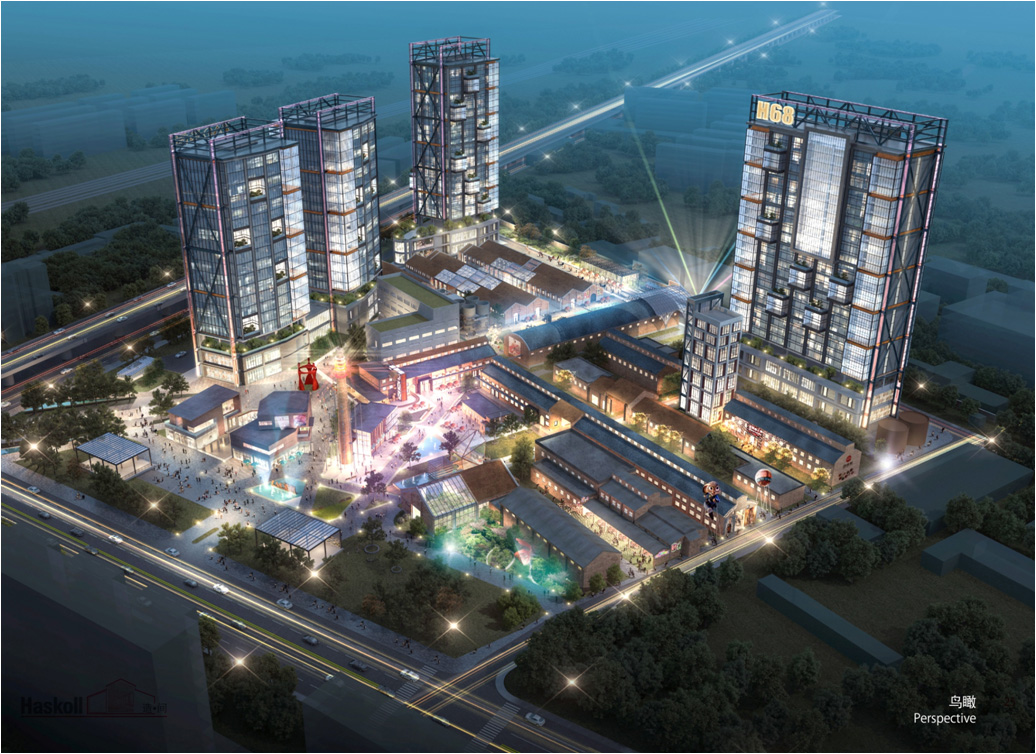News Information
2020-03-27
10 Years Witness | Capturing the Cultural Heritage of China’s Industrial Revolution
China’s Industrial revolution took place over the last 35 years. It’s impact and relevance to China’s development and progress as a country is invaluable and therefore makes the protection of this heritage so important. (photo 1)
There are difficult judgements and potential compromises needing to be made here. Allowing practical and economically sustainable reuse may be required to maintain the important heritage which deserves preservation.
An early project that Haskoll was involved with 10 years ago in Zhengzhou illustrates where, if simply left to a private developer, the wrong decision can be made and a loss of industrial heritage can occur. This was the redevelopment of a Fabric Factory in central Zhengzhou and Peter proposed keeping and converting a vaulted brickwork factory building into a club house. (photo 2)
The reuse of the factory building would have made this development quite unique with a very special club house that would have raised the value of the apartment blocks but unfortunately the developer did not accept this view and the building was subsequently demolished.
These pictures show that the use and retention of one of these factory buildings was integral to the organisation and integration of the public and private uses of the site. This approach of linking mixed uses with each use supporting the strengthening the other is now accepted commercial practice. (photo 3)
A more recent project in Zhengzhou that Haskoll are currently working on demonstrates this. Here we have the adaption and reuse of an old soap factory which is converted into some residential and office uses integrated with starter office, and commercial uses including F & B, museum, visitor centre and the like. Most of the factory buildings are being retained and used to accommodate this range of functions. (photo 4)
These 2 projects, both for the same tier 2 city in China demonstrate the changing attitudes to reuse of existing factory buildings over the last 10 years.
Whilst the value of the cultural heritage of China re-establishes its significance in peoples’ lives and identity. (Photo 5)
The recent COVID-19 epidemic will perhaps again change China’s industrial landscape in a significant and as yet unimagined way, as people begin to enjoy the clean and fresh air and recognise the importance of a healthy balance and cooperative relationship between a nation’s economic rise in power and protection of its natural environment.




